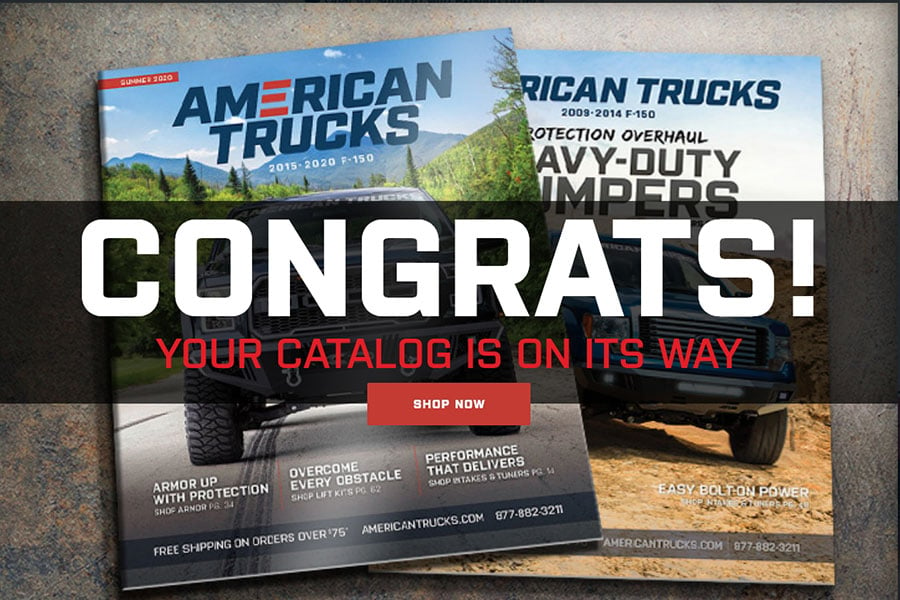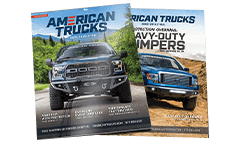
The History of the Tonneau Cover
For the modern truck, especially a tricked-out show truck, there are few accessories more fitting than a tonneau cover. They transform your truck bed into a locking, sheltered compartment, protecting gear, tools and anything else you’re hauling.
Here’s a brief rundown on how they came about.
For the modern truck, especially a tricked-out show truck, there are few accessories more fitting than a tonneau cover. Known by a number of other names, including truck bed cover, pickup cover and truck lid, the word “tonneau” is derived from a French word that refers to the rear-seating compartment of a vehicle, and it’s pronounced “ton-no” (with a number of variations depending on what part of the country you live in).
Tonneau covers date back to the days of horse-drawn cargo wagons where a tarp, or tarpaulin, was used to protect cargo from dust and weather. Today, they transform your truck bed into a locking, sheltered compartment, protecting gear, tools and anything else you’re hauling.
Tonneau covers have evolved through the years, no one person can claim the title of tonneau inventor. But, the NASCAR Craftsman Truck Series really solidified the tonneau cover’s place as the “it” truck upgrade. Truck racers used them to boost the aerodynamics of their rigs. As air passes over your cab, it’s dumped directly into your empty truck bed. This is a real drag…literally. Closed-air truck beds offer lower air resistance, similar to their racing cousins. This reduction in drag creates a faster, more energy-efficient truck, and it can easily save several miles in gas on every trip, with tonneau covers often shown to extend your gas mileage by up to 10 percent.
There are two types of tonneau covers: a hard tonneau and a soft tonneau. A hard tonneau is constructed from either fiberglass, metal or hard plastic. They’re much sturdier in construction and can be locked, allowing you to easily secure your cargo when you step away. Fiberglass hard tonneaus come pre-painted or paint-ready for those looking to match a custom finish. Considerably heavier than their soft-top cousins, hard tonneau covers often require gas struts to assist in opening and closing, similar to the hood of your vehicle. The one downside to a hard tonneau is that it’s difficult to haul oversized freight. In this situation, it has to be completely removed to accommodate the cargo. But, if you’re building a show truck, a hard tonneau makes the perfect finishing touch to the look of your vehicle. If you haul loads that rarely exceed the truck bed or cart around costly tools from job to job, a hard tonneau is definitely the way to go. It provides impenetrable protection against the weather and would-be thieves by locking your gear out of sight. In this regard, it’s actually safer than storing things in your cab.
Soft tonneau covers have come a long way in the last few decades. Many now include time-saving technology that allows you to open and close them with the simple push of a button. They’re constructed from materials that provide a smooth, sleek appearance and easily match most truck bed liners. A soft tonneau provides reliable protection against rain, snow, UV rays and dust. Not to be outdone by their hard-top cousins, many even come with optional locking devices. Also similar to a hard-top, soft tonneau covers streamline your rig by making it aerodynamically efficient, preventing air from becoming trapped in the bed and creating drag.
Regardless of which model you choose, a hard tonneau or a soft tonneau, most bed covers are installed through clamp-on hardware with no drilling and only a handful of tools needed to go from start to finish in as little as half an hour. Bed covers, also known as tonneau covers, are available in two main varieties: hard tonneau covers and soft tonneau covers. In addition to high-end looks, they provide the maximum level of protection for your cargo, no matter what you’re hauling.

